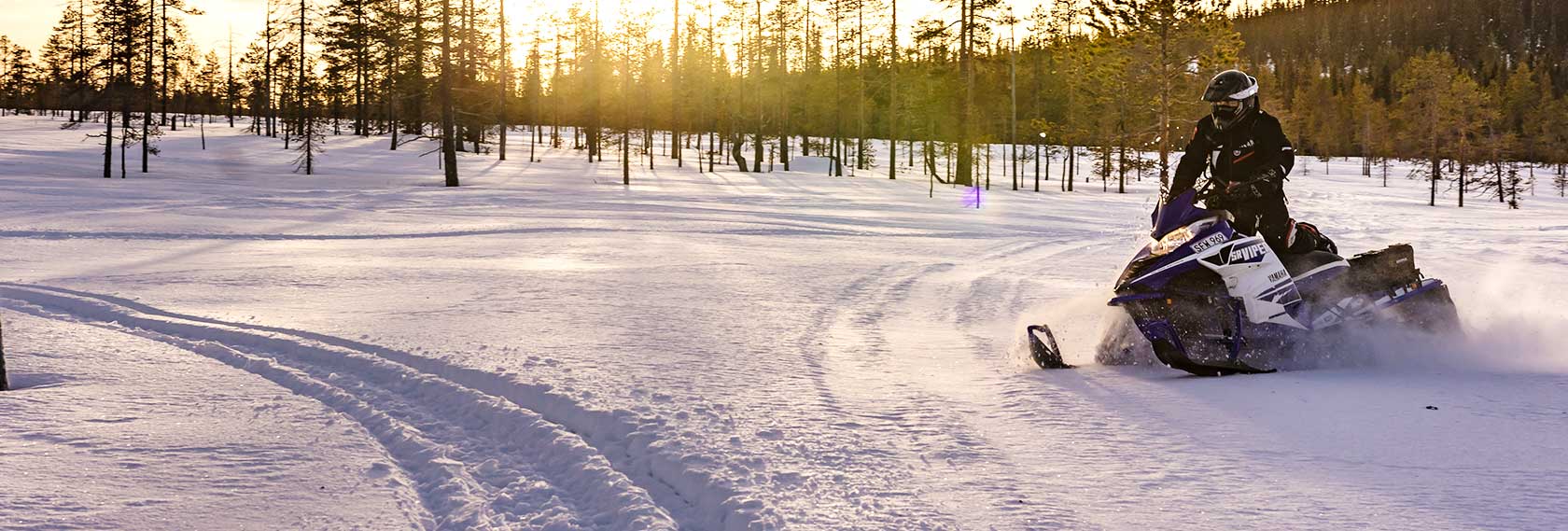

It is time to comment on the future of our public lands. Don’t wait!
Late this past fall the Department of Conservation and Recreation held several public meetings across the state. The Forest Futures Visioning Process workshops were designed to gain public input on the direction of public lands. Specifically, they were requesting “public input on the draft selection criteria for each of the three landscape designations.”
The state plans to create three distinct land designations:
Parklands: primarily managed for recreation, human experiences and protection of cultural and natural features. Commercial timber harvesting not allowed. Cutting is limited to that which is necessary to support recreational assets and uses, including public safety.
Woodlands: primarily managed for state-of-the-art sustainable forestry, forest products, and active carbon management. No new harvesting contracts will be issued while woodlands are being zoned. Once woodlands are delineated, commercial harvesting will be allowed under new, more protective guidelines.
Reserves: primarily managed for biological diversity based on natural processes and the protection of large contiguous blocks of high-value ecosystems. Commercial harvesting not allowed. A new Forest Reserves Scientific Advisory Committee, informed by the public process, will guide the department in selection and stewardship of reserves.
The Reserves are of primary interest to everyone involved, especially those who recreate. The goal is to create old growth forest with little or no land management. It is even suggested that evasive species be left alone. Activities such as hiking and biking are strictly limited to existing trails. No bushwhacking. Camping is prohibited. Snowmobiles are allowed in the Reserves although the final details have yet to be worked out. As you may imagine, trail maintenance is very limited and the ability to move or create new trails is even more difficult, maybe impossible.
The DCR’s efforts to conserve are noble but there doesn’t seem to be any outreach to those who recreate. If anything, the ability to recreate will be greatly diminished, especially west of I-495. Many who attended the meetings voiced concern and would like to see a better balance of conservation and recreation.
Currently there are 40,000 acres of Forest Reserves in Massachusetts. To put this in perspective, the town of Pittsfield occupies approximately 27,000 acres. The plan is to increase the size of the Reserves somewhere between 90,000 to 120,000 acres. That’s roughly the size of Conway, Ashfield, Windsor, Plainfield and Savoy, combined. Keep in mind that most of the Reserves will most likely be in the western part of the state. You can imagine how the landscape of recreation would change.
SAM members from several clubs attended the meetings in November and December and many plan to attend the second round of meetings this April. It’s vital that you contact your town’s selectmen and state legislators. Let them know your thoughts on what plan best fits your community and what direction the DCR should take. Snowmobilers are in favor of preserving land and ecology but recreating on public lands in a manner that acknowledges historic access must be taken into account. Written comments can be sent to the DCR by January 21st. [email protected]